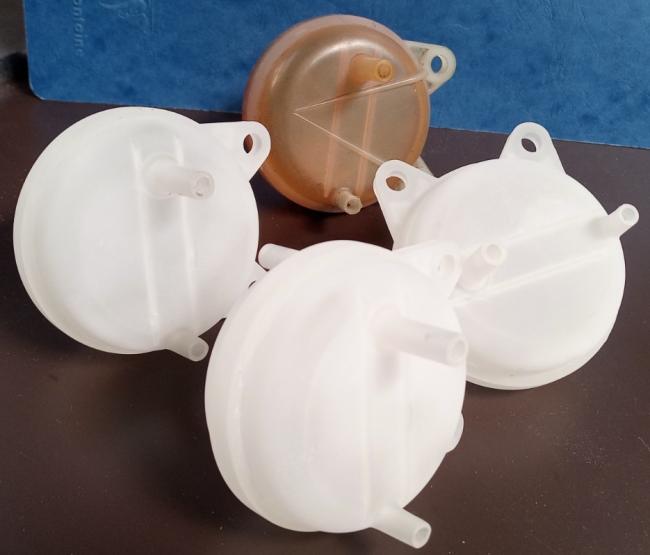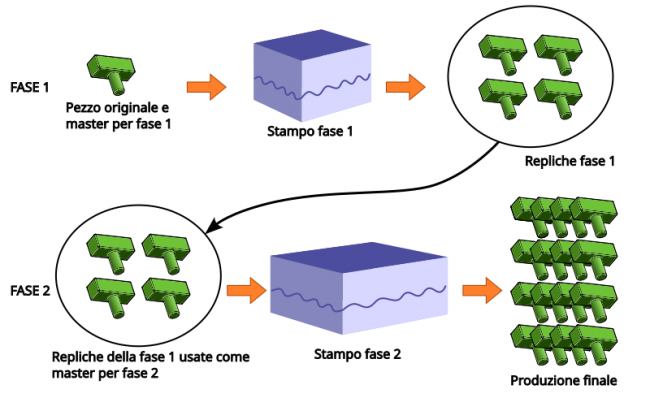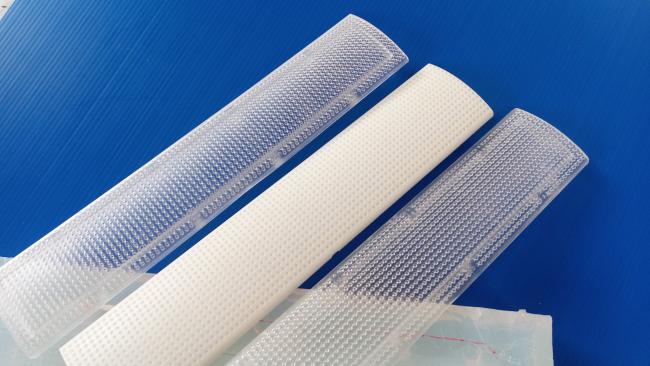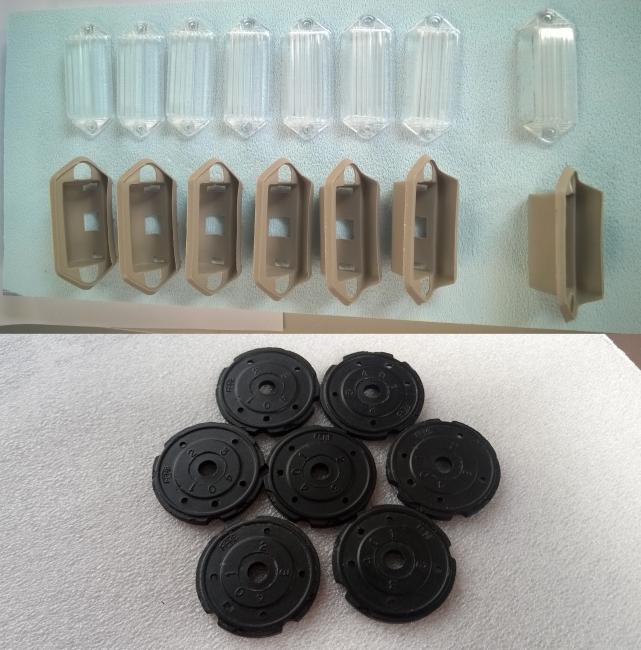Spare parts for classic cars, old tools or vintage appliances are not always available on traditional supply channels, especially when it comes to very old systems or limited editions. It is inevitable that, as time goes on, it will become increasingly difficult to find components to repair broken or not-working systems. Silicone molds can solve the problem because they allow to produce small series at low prices, starting from a piece that is used as a master.
The classic technique to produce parts, which original drawings are no longer available, involves reverse engineering. It consists in detecting the workpiece with some measuring instruments (gauge, measuring arm, 3D scanner), drawing the workpiece starting from the detected geometry and using a 3D CAD software, and finally producing it with technologies such as 3D printing, milling or injection molding in metal molds. 3D printing is often a good compromise between cost and quality, but the material is not always as performing as you might wish. Milling is often very expensive, while traditional molding allows to reduce costs, but only for production in large quantities, often not compatible with real needs. In all these cases, it must be added that the reconstruction of a component starting from 3D scanning or measuring is a procedure that does not always guarantee fidelity to the original.
Silicone moulds allow you to directly use the original piece as a master (even if slightly damaged) and produce replicas faithful to the desired geometry, with reasonable costs.
An important factor in this solution is the amount of original parts available. If the pieces to be produced are few and of not too small dimensions, usually the production takes place starting from the original master, around which the mould is built, that will then be used to print one piece at a time.
If the pieces are small and the number to be produced is high compared to the amount of original pieces that can be used as master, it is possible to divide the production into two phases. In the first step, a quantity of parts is produced equal to the number of footprints that you want to use for the complete production. The pieces of the first phase are then used as master for larger molds able to produce the quantities desired by the customer. The slight loss of precision due to the double copy is usually negligible and the increased productivity of the molds allows a strong reduction in costs.
The materials used to make these pieces are rigid plastics or elastomers, usually pigmented with colors of your choice, and possibly also transparent or translucent. Once the mould has been produced, it is also possible to use different materials to obtain variations from the original piece: for example, different colors, different transparency effects, various hardness, etc.
Even if the component to be produced is composed of heterogeneous materials, it is possible to use silicone molds through co-molding or with a multi-step approach. Co-molding also allows you to reproduce parts with metal elements such as threads, electrical contacts or metal cores.
Over the years, Marmax has developed a great experience in these applications, especially for the sector of cars and motorcycles (filters, caps, cables, clamps, seals, lights and reflectors), for old appliances (knobs, dials, small crankcases), measuring and industrial equipment (grommets, doors, guides).
Taking care of the choice of materials and colours, it is often not possible to distinguish the original from the copies. Try this in the following pictures...





